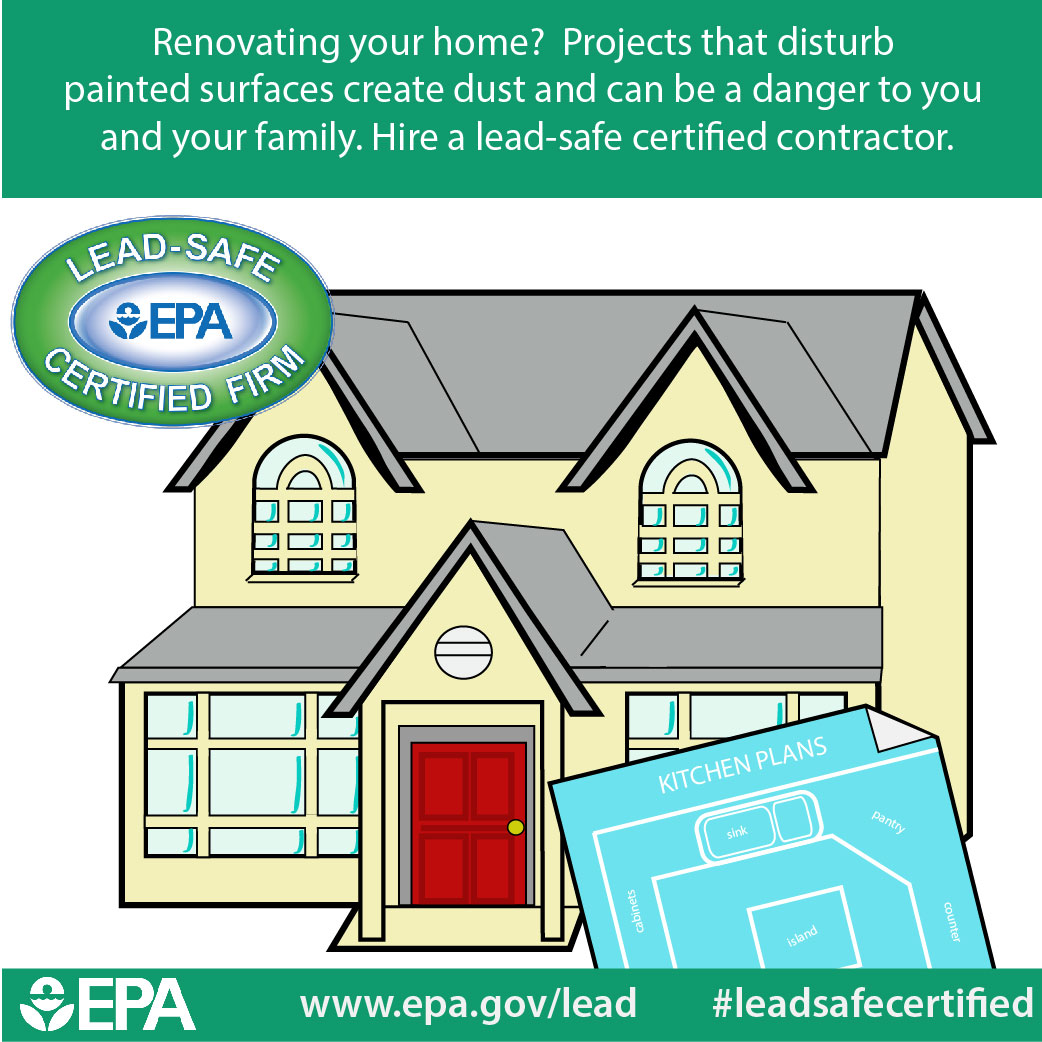Seasonal Factors To Consider For Business Exterior Painting: What You Required To Know
Seasonal Factors To Consider For Business Exterior Painting: What You Required To Know
Blog Article
Web Content By-Korsholm Browne
When you're preparing a business exterior painting job, seasonal elements can make or damage your results. dallas staller 'll intend to take into consideration how temperature and humidity impact paint application and drying times. Choosing commercial painting companies can guarantee your paint sticks correctly and lasts longer. Yet which periods are truly the most effective for this sort of work? Let's discover the key elements that can impact your task's success.
The Impact of Temperature Level on Paint Application
When you're intending a commercial outside paint job, the temperature level can considerably influence how well the paint sticks and dries out.
Preferably, you intend to paint when temperature levels range between 50 ° F and 85 ° F. If it's too chilly, the paint may not treat correctly, resulting in problems like peeling or cracking.
On the flip side, if it's also hot, the paint can dry out also swiftly, protecting against appropriate bond and leading to an unequal finish.
You must likewise consider the time of day; morning or late afternoon offers cooler temperature levels, which can be more positive.
Always examine the maker's referrals for the particular paint you're using, as they commonly offer assistance on the perfect temperature level range for optimal results.
Humidity and Its Impact on Drying Times
Temperature level isn't the only environmental element that affects your commercial exterior painting task; humidity plays a considerable role too. High humidity levels can slow down drying out times dramatically, affecting the general high quality of your paint job.
When the air is saturated with moisture, the paint takes longer to cure, which can bring about problems like inadequate adhesion and a greater risk of mold growth. If you're painting on a specifically damp day, be gotten ready for extended wait times in between layers.
It's essential to keep an eye on regional weather conditions and plan appropriately. Ideally, go for moisture levels between 40% and 70% for ideal drying out.
Keeping these factors in mind ensures your task stays on track and provides a lasting surface.
Best Seasons for Commercial Exterior Paint Projects
What's the very best season for your business outside painting projects?
Spring and early loss are generally your best choices. During these periods, temperature levels are moderate, and moisture degrees are usually reduced, developing optimal conditions for paint application and drying out.
Stay clear of summer season's intense heat, which can trigger paint to completely dry also rapidly, leading to bad attachment and coating. Likewise, winter's cool temperature levels can prevent correct drying and treating, risking the durability of your paint work.
Aim for days with temperatures between 50 ° F and 85 ° F for optimum results. Keep in mind to inspect the local weather report for rain, as wet problems can destroy your job.
Planning around these elements ensures your painting task runs smoothly and lasts longer.
Verdict
In conclusion, preparing your industrial external painting jobs around seasonal considerations can make a considerable difference in the end result. By organizing work during the excellent temperature levels and moisture degrees, you'll make certain much better attachment and drying out times. Remember to watch on what cleans latex paint and choose the right time of year-- spring and early loss are your best choices. Taking these steps will help you achieve a long lasting and specialist coating that lasts.
